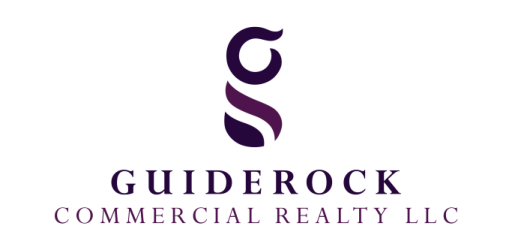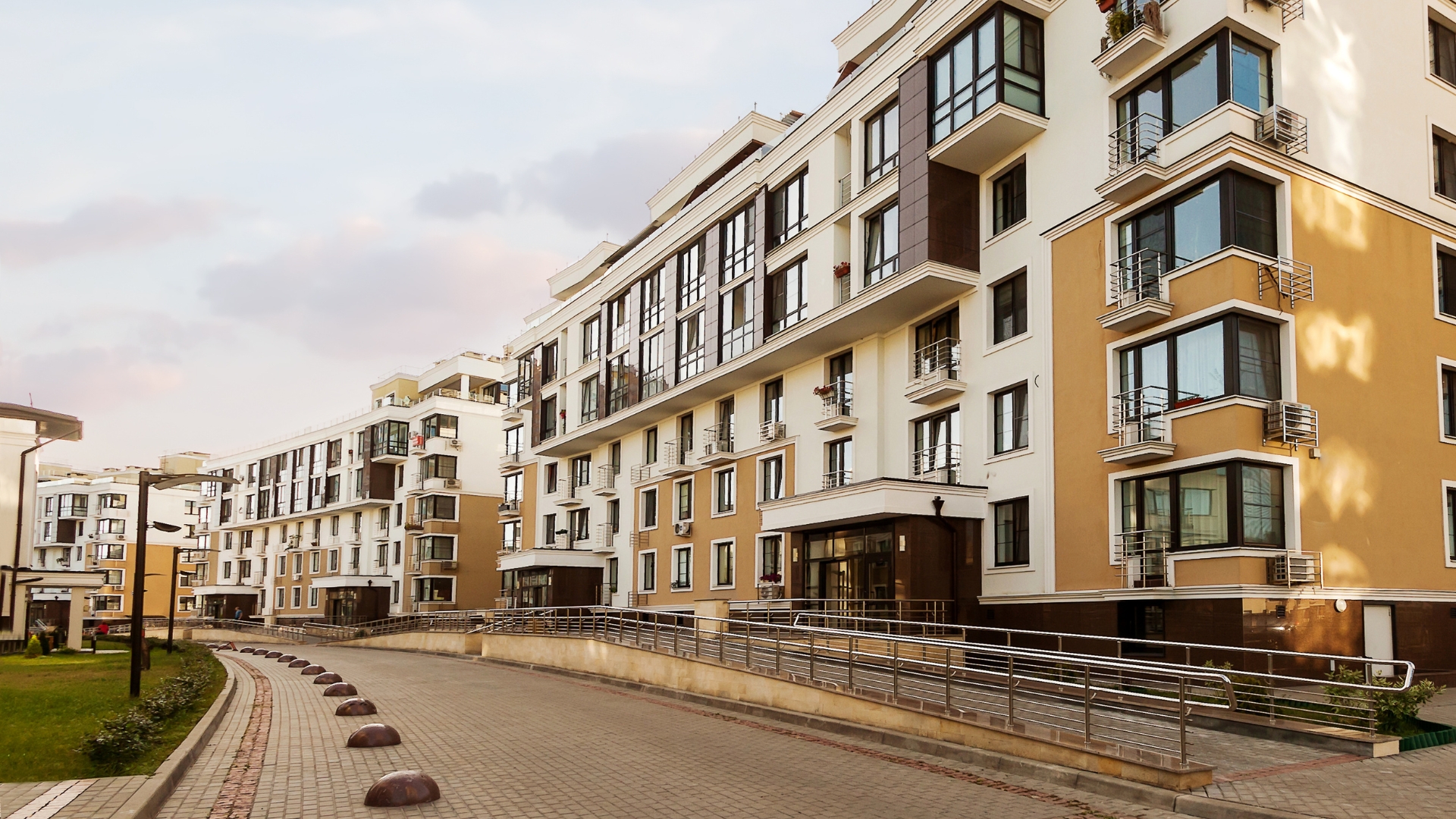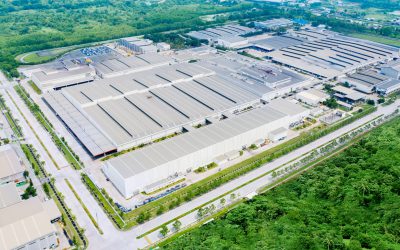In today’s rapidly evolving urban landscape, the concept of mixed-use development has gained significant traction. This innovative approach to urban planning combines residential, commercial, and often cultural or recreational spaces within a single property. In this blog post, we’ll delve into mixed-use developments and explore their increasing popularity.
What Goes into a Mixed Use Development?
As urban populations grow and land becomes scarce, a mixed-use development should offer dynamic solutions to meet a community’s needs. However, any successful CRE developer must incorporate certain design elements into this type of project. That’s why we’re exploring a mixed-use development’s land use, connectivity, cultural integration, and flexibility.
1. Diverse Land Use Integration
One of the defining characteristics of mixed-use developments is their seamless integration of various land uses. These developments typically combine residential units, retail spaces, offices, restaurants, entertainment venues, and public spaces within a single project. Mixed-use developments consequently create vibrant and sustainable neighborhoods by bringing together different activities and functions. Residents can live, work, and play within the same community, promoting a sense of belonging and shorter commutes.
From a developer’s perspective, combining various land uses within a single project allows optimal land utilization and increased revenue potential. The diversification of income sources helps mitigate risks and enhances the financial viability of the development. Conversely, for local communities, mixed-use developments can spur economic growth by attracting businesses, creating employment opportunities, and increasing tax revenues.
2. Increased Walkability and Connectivity
As cities face the challenges of population growth, mixed-use developments provide a framework for sustainable urban planning. By concentrating various activities within a compact area, these developments efficiently reduce the need for long-distance commuting and support public transportation systems.
To achieve this sustainable vision, mixed-use developments are meticulously designed with a keen focus on pedestrian-friendly environments. Thoughtfully incorporated sidewalks, parks, and public spaces enhance the community’s aesthetic appeal and walkability. By clustering various amenities and services in proximity, residents can lower their reliance on private vehicles. The emphasis on walkability curbs pollution and traffic congestion, while conversely fostering social interaction and healthier lifestyles.
3. Cultural Enrichment and Vibrancy
In addition, mixed-use developments contribute to a community’s cultural enrichment and vibrancy. By incorporating cultural and recreational spaces, such as art galleries, theaters, community centers, or public gathering areas, these developments create opportunities for social engagement, creative expression, and cultural exchange.
Residents can enjoy a diverse range of activities, events, and performances, fostering a sense of community pride and identity. The integration of cultural elements within mixed-use developments not only enhances the overall quality of life but also contributes to the cultural fabric and heritage preservation of a city or neighborhood.
These cultural amenities also attract visitors from outside the community, boosting local tourism and supporting the local economy. The presence of vibrant cultural spaces within mixed-use developments adds a unique charm and character to the area, making it an attractive destination for residents and visitors alike. Whether it’s an outdoor concert, an art exhibition, or a community festival, these events and experiences foster social cohesion, celebrate diversity, and create a sense of place that goes beyond mere physical structures.
4. Flexibility and Adaptability
One of the key advantages of mixed-use developments is their inherent flexibility and adaptability. Well-managed projects are designed to evolve and respond to changing needs and market demands over time. Moreover, cultivated land uses enable diverse activities and use, facilitating flexible reallocation in accordance with evolving trends and preferences.
Additionally, the flexibility of mixed-use developments extends to zoning regulations and land use planning. In many cases, these developments offer a flexible regulatory framework that allows multiple uses within a single project. This flexibility encourages innovation and fosters creativity, enabling developers to experiment with new concepts that meet their community’s needs.
Embrace the Future of Urban Development
Mixed-use developments represent a paradigm shift in urban planning, offering a holistic approach to community development. By seamlessly integrating residential, commercial, and recreational elements, these developments not only create vibrant and sustainable neighborhoods but also foster social interaction and enhance the quality of life. Moreover, as our cities continue to evolve, embracing the concept of mixed-use developments can pave the way for a more integrated and vibrant urban future.
We understand the significance of your goals in commercial real estate investing, which is why our team is here to provide you with the necessary backing every step of the way. To get started in commercial real estate, give us a call or schedule a complimentary consultation with our team. We look forward to meeting with you and are proud to represent and cultivate our community’s growth.




